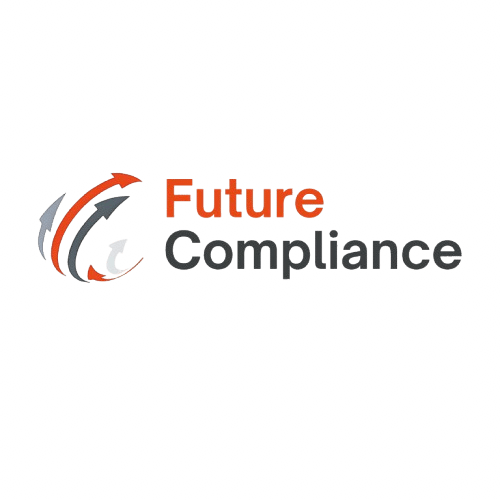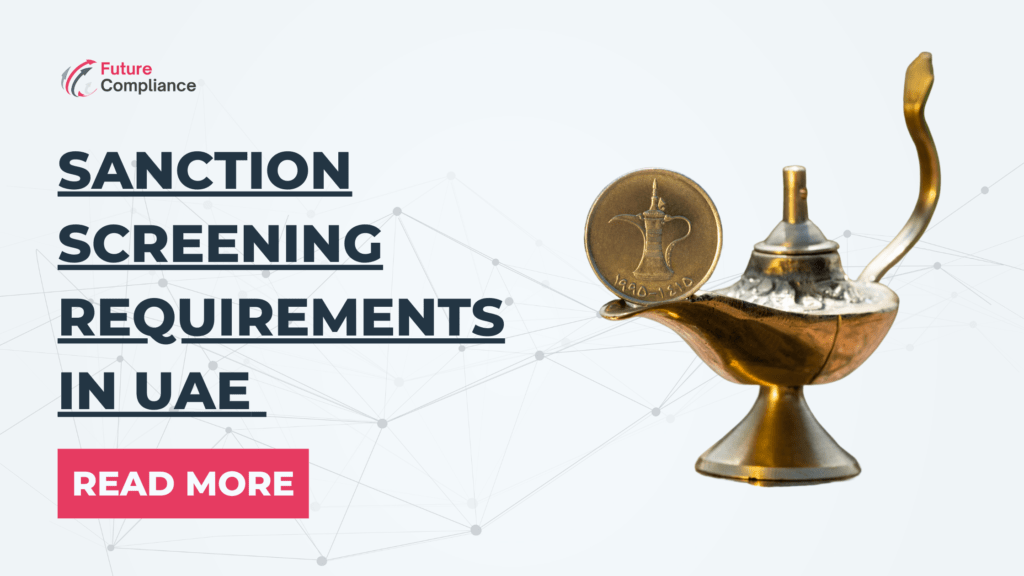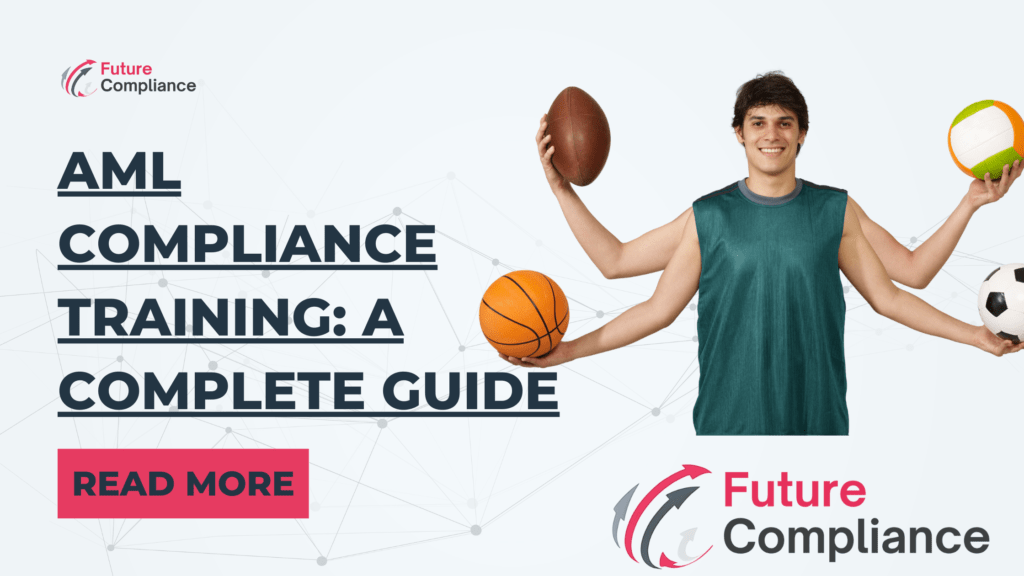Introduction
For over 20 years, I have helped financial institutions improve their AML strategies. One major challenge is maintaining the accuracy of their risk scoring model in a rapidly data-driven world. Every day, countless transaction activities occur, making it essential to analyze multiple sources to detect financial crime risk. However, without strong data quality, even cutting-edge technology may fail to provide reliable risk evaluation.
Table of Contents
ToggleMany organizations still depend on rules-based models for Anti-Money Laundering risk assessment. However, these models need constant fine tuning to remain effective. The rise of artificial intelligence (AI) and data science presents an opportunity to move beyond rigid rules. By developing a flexible framework, institutions can better respond to emerging threats. Adopting advanced methodologies and following industry best practices allows them to unlock their full potential in risk assessment.
Expert consulting and data-driven strategies can bridge the gap between traditional methods and AI-powered solutions. By evaluating different approaches and using aggregate data, institutions can improve the efficacy of their models. This enhances business relationships while ensuring compliance. A forward-thinking approach that blends human expertise with technology is the key to staying ahead.
Recognizing and Reducing AML Risks
When assessing AML risk, it’s essential to implement a systematic process that helps financial institutions identify and mitigate risks associated with money laundering and terrorist financing. By examining key risk factors and evaluating customer activities, institutions can get a clear image of their risk exposure. This is where a risk model comes into play, allowing institutions to calculate a risk score and identify high, medium, or low risks, ensuring that resources are allocated effectively to the highest priority cases.
An AML Officer plays a central role in this risk assessment process by ensuring that the risk rating aligns with the true risk level of each business relationship. Additionally, by proactively detecting and implementing proper controls, they can help manage the potential impact of financial crimes. Moreover, adopting risk-based strategies helps institutions prioritize efforts and reduce the likelihood of fraud. Ultimately, the goal is to be one step ahead by continuously assessing and fine-tuning the risk evaluation to prevent future money laundering risks.
The Significance of AML Risk Assessment
An AML risk assessment is essential for organizations to ensure they meet regulatory expectations and stay ahead of financial crime risks. By adopting a risk-based approach, institutions can efficiently allocate resources and apply enhanced scrutiny to high-risk customers. This not only helps prevent financial crime but also strengthens the integrity of the entire financial system. A strategic approach ensures both regulatory compliance and a commitment to safeguarding the system, making it easier to detect any potential threats. The thorough assessments conducted allow for a proactive stance in maintaining compliance and reducing risk.
Difficulties in Running an AML Risk Management Program
Managing an AML risk management program comes with key challenges like addressing financial risks and reputational risks. It’s important to take proactive measures and give careful consideration to ensure success. Only then can institutions ensure compliance and effectively tackle associated risks.
- Data quality issues like inaccurate data can cause significant challenges in AML risk assessments. Transaction data and customer attributes must be comprehensive to ensure the assessments are reliable. When data is outdated or inconsistent, it may impede the accuracy of the risk detection process.
- Many resource-constrained organizations struggle with managing the technological infrastructure necessary for continuous monitoring. This resource limitation impacts the ability to track changes in customer behavior and quickly refresh risk profiles, thus delaying real-time detection of potential risks.
- External sources like adverse media and internal sources must be integrated properly to ensure a holistic view of customer behavior. Integrating data from different systems often presents challenges due to differences in formats, making it hard to perform comprehensive fraud detection.
- The need for competent personnel and regular training can add to the complexity of running an effective AML program. Risk scoring models need to be well-designed and validated regularly to assess the risk exposure accurately and ensure that the AML risk assessment is robust and updated.
- Screening against watchlists and analyzing transactions in real time requires constant updates of customer attributes such as occupation, industry, and transaction history. The infrequent data updates can result in an inability to detect fraud or assess risks accurately, compromising the overall system.
- Real-time risk detection is critical for an effective dynamic AML risk assessment. If the system does not continuously refresh and update, it can fail to identify emerging risks. This is especially important when assessing risk profiles based on changes in customer behavior or external information.
Mastering the Art of an Effective AML Risk Assessment Framework
Building an effective AML risk assessment framework helps financial institutions stay ahead in compliance. It’s essential to align with regulatory requirements while continuously enhancing and improving the risk assessment process. This iterative process requires revisions and constant adherence to ensure institutional success and compliance.
- Risk assessment is crucial for any institution aiming for robust compliance. Start by defining the scope and setting clear goals for the process. Choose a strong methodology and decide on the assessment frequency to keep track of the effectiveness of your framework. Assign the right responsible personnel and make sure available resources match the needs of your AML risk assessment.
- Identifying relevant risk factors is the first step in designing a well-rounded framework. Consider the nature of your business, the demographics of your customers, the products/services offered, and the delivery channels used. Don’t forget to account for geographic locations, transaction monitoring alerts, and watchlist screening results. All of these play a role in the risk evaluation.
- Data quality is key when performing an effective AML risk assessment. Collect data from internal sources like customer information and transaction data, as well as from external sources such as external risk indicators, typologies, and industry reports. This combination ensures completeness, helping you assess risk accurately while preventing data issues that can compromise the analysis.
- Inherent risk assessment involves evaluating the probability and potential impact of risks related to money laundering and terrorist financing activities. By using historical data, industry trends, and regulatory guidance, you can determine the level of risk associated with each identified risk factor. This approach is integral in developing an accurate risk profile.
- Creating a risk model involves quantifying risks through a structured risk scoring method. Assign risk scores or ratings based on likelihood and impact. This enables you to prioritize risks effectively and allocate resources where they are most needed. Both qualitative and quantitative factors should be considered in the scoring process for a comprehensive approach.
- To ensure your program remains effective, implement risk mitigation measures. These could include customer due diligence, transaction monitoring, sanctions screening, staff training, and strong internal controls. Make sure these measures align with regulatory requirements and are tailored to the specific risk profile of your organization.
- Monitor and review your risk assessment framework regularly to evaluate its effectiveness. Regular updates to your risk assessments are necessary to keep up with changes in your risk profile, regulatory landscape, and emerging risks. Maintaining a feedback loop ensures continuous improvement in your AML program.
- Reporting is critical in AML risk management. Generate reports for management, regulators, and internal stakeholders to communicate risk exposure, mitigation actions, and the overall effectiveness of your AML program. Clear and concise reporting ensures that everyone stays informed and aligned with regulatory compliance.




